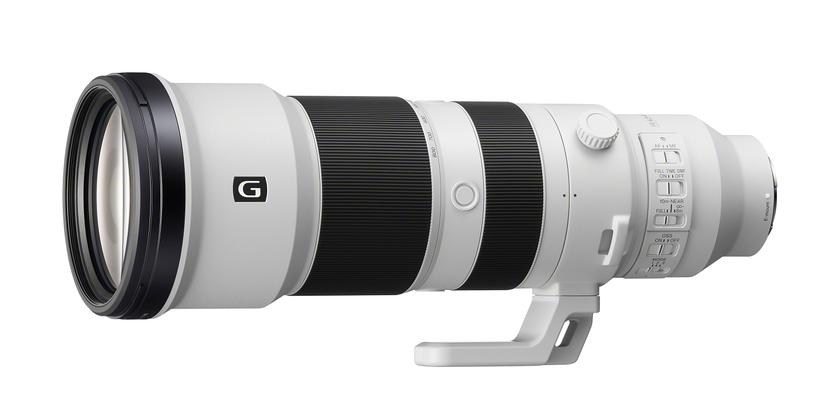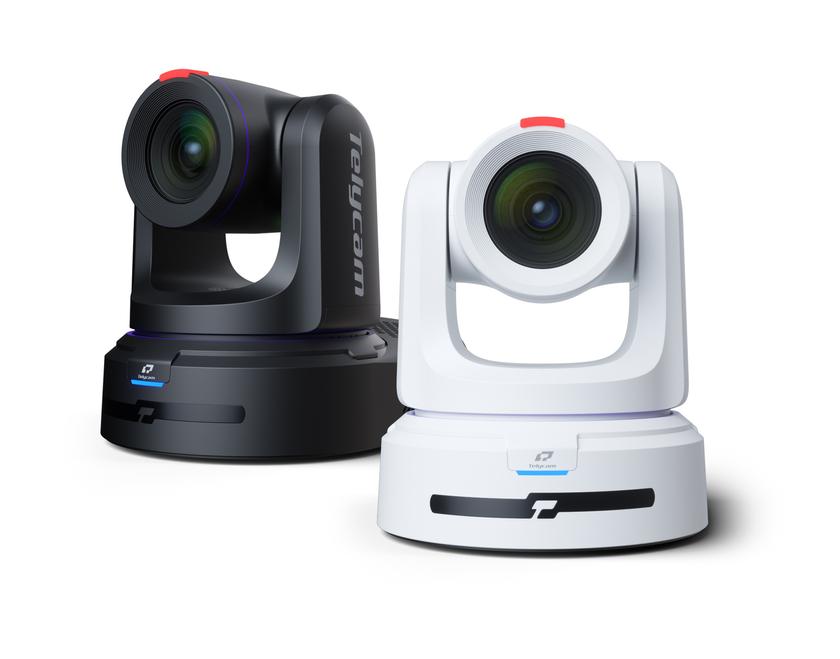Field Report: Equity centralcasts with Omneon and NVerzion

Equity centralcasts with Omneon and NVerzion
By Doug Krile
Equity Broadcasting, based in Little Rock, Ark., has expanded to include low-power, full-power and call letter stations nationwide, with network affiliates such as PAX, WB, UPN and FOX. Using a centralcasting business model built around an automated Ku band satellite hub, the facility delivers programming to all four U.S. time zones.
Equity uses Omneon’s MediaServer system with NVerzion software at its headquarters to automate its program playout nationwide.
For Equity, centralcasting provides an efficient way to manage properties while reducing costs and increasing revenue. As with any growing business, the magnitude of simplifying operations and pulling together an efficient playout and transmission system is a challenge. With five autonomous servers from different manufacturers routing programming to various remote sites, and five different playlist formats, the engineering team urgently needed a fundamental change in the facility’s architecture. Equity’s goal was a single networked server and automation system with the flexibility to route any material to any destination, and run multiple playouts simultaneously from common storage. Most importantly, in order to fulfill Equity’s short- and long-term centralcast strategy, the new system needed to be scalable on demand.
They selected Omneon’s MediaServer system and NVerzion’s multichannel automation system as the backbone for the centralcasting hub in Little Rock. This combination offered a flexible, single networked solution capable of routing any material to any destination, while running multiple playouts simultaneously from common storage. From Equity’s strategic standpoint, both systems have the ability to scale on demand.
Centralcasting operations
Equity coordinates programming for nine full-time television stations from their Little Rock hub. Programming is ingested from tape and satellite, and distributed from the server to the remote stations using their digital satellite uplink system – Central Automated Satellite Hub (CASH).
The NVerzion system consists of multiple modules that use RS-422 and Ethernet control to govern multichannel playout and commercial insertion from the server. One operator can handle all playout duties. As their operation grows, modular automation applications, additional channels and additional storage can be added.
The traffic department determines how and when each commercial or program is going to run. Once a clip arrives, either on tape or via satellite, there is relatively little human intervention from that point forward.
For commercials, tapes are inserted in available machines, which in turn are controlled by the automation system. Essential data for each clip is added, after which the digitizing begins automatically. For long-form syndicated programs that were recorded continuously from satellite, an operator uses an NPoint module to segment the single clip into multiple events, adding in-points and out-points as required.
Throughout the ingest process, clips are monitored as part of quality control. The automation software controls the VTRs, the router and the server’s MediaPorts, ensuring that new material is properly written into the general database. Because playlists reside on more than one workstation, the general database refreshes all the peripheral databases on each modular control point.
Clips can play out individually, staggered or simultaneously to any (or all) affiliates – in any U.S. time zone. The automation system also allows operators to control tape decks for on-air playback, not solely for ingest. Operators can segment programs that air infrequently (such as commercials) input time code and play out directly from tape rather than taking up valuable server space.
The server system currently has a storage capacity of 1.5 TBytes. Content is encoded and stored in MPEG-2 format at 8 Mbits/s. The MediaServers and MediaStores use a redundant configuration that ensures no single point of failure, and are cross-connected through the Fibre Channel hubs. An extended file system ensures that all output channels have access to all stored media, as data is shared between servers.
A layered approach
The overall broadcast system is designed with three layers of functionality. The server falls within the inner digital layer, as interconnected by a Leitch 16x16 router. The middle layer performs conversion duties, with assignable A/D and D/A converters. A Utah Scientific 60x40 router interconnects the outer analog layer, within which all 15 tape machines and 18 satellite uplinks and downlinks reside.
This layered approach allows flexibility with regard to inter-format routing, and also simplifies monitoring duties. Any source can be routed to any ingest device, and if a problem occurs with a particular output, alternate pathways are available to keep an affiliate on the air.
The automation system controls elements within the analog and digital layers. The system is composed of modules for playlist automation, server encoding, file segmenting and clip preparation, and scheduling router events.
The bottom line
As Equity continued with the planned build-out of future stations, they needed the flexibility to quickly and easily add additional capacity. The NVerzion system provided the capacity and customization to accommodate their rapid growth. In terms of operator training and reducing operational problems on-air, the system’s common user interface was beneficial. The Omneon system’s scalability was also useful, with its ability to add channels on demand in increments of one or more. If there’s a failure on any output channel, they don’t have to take down any other channels in order to service the system. From a cost standpoint, because the system is tapeless, they’ve already lowered their maintenance expenses.
If a company can control the maximum number of output channels at a minimum expense, then the centralcast model is worth pursuing. Using Omneon and NVerzion systems, that model is successfully working in the Little Rock facility.
Doug Krile is the corporate director of news and public relations for Equity Broadcasting.
Get the TV Tech Newsletter
The professional video industry's #1 source for news, trends and product and tech information. Sign up below.













